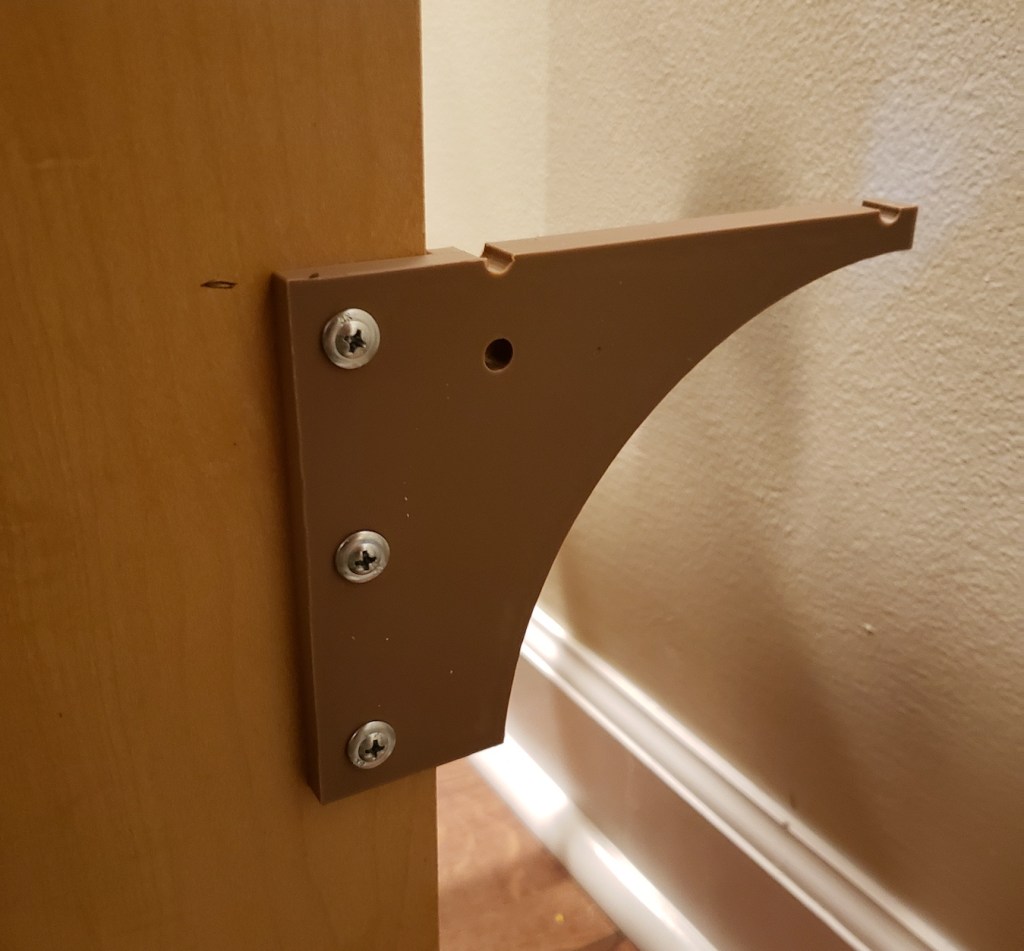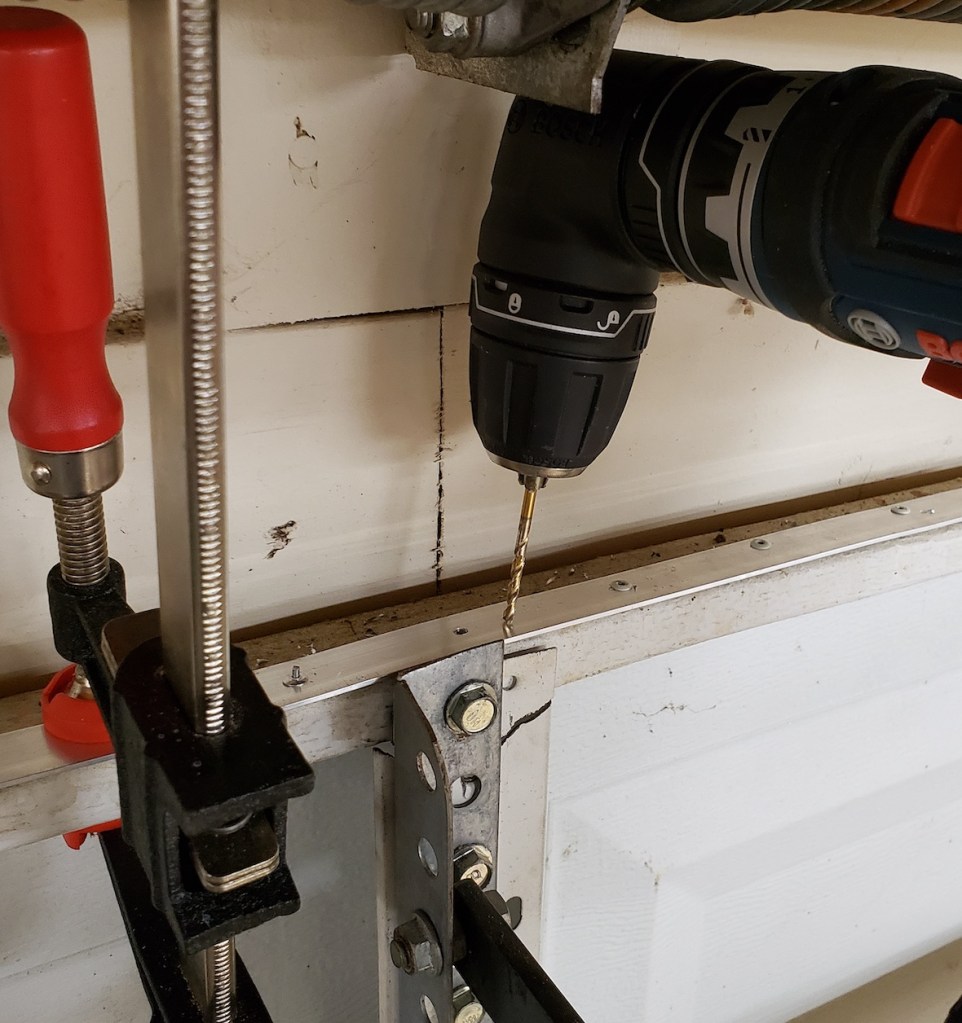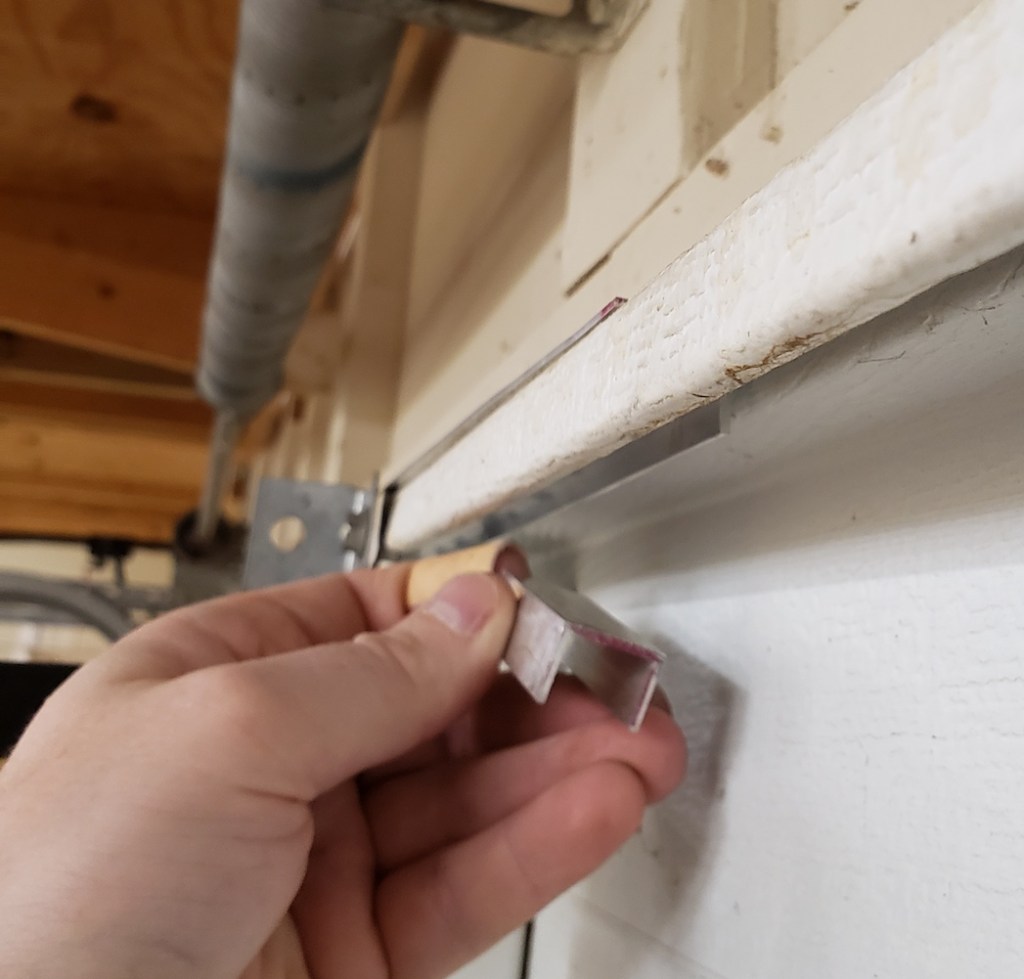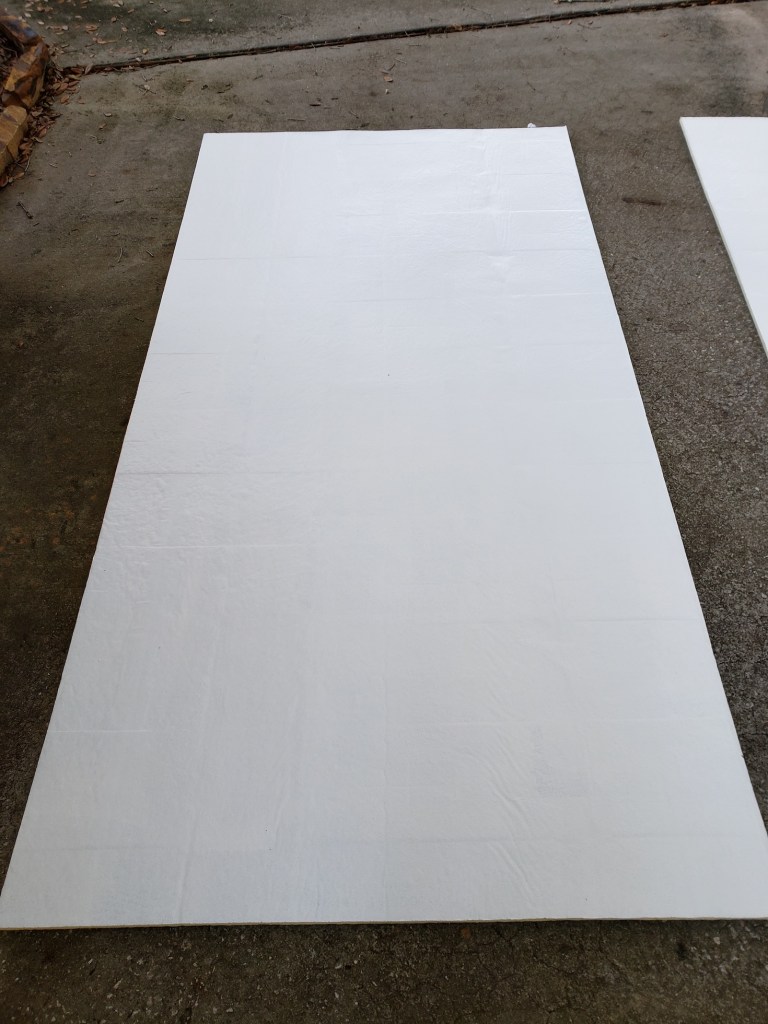Now that I have my wooden wall up, it is time to do some decoration. You might notice this broken pipe fragment from a previous engagement with our house. That is the pipe that broke off in the wall when I was trying to change out the supply valve. It was a deep low point in the renovation, but just a few days later I got the pluming and wall repaired and a new vanity installed.

I found a nice looking plaque at the hardware store, but wanted the scale to be a little different. I measured and copied the dimensions and 3d printed a template so I could replicate it at any length I wanted. I could also scale it up and down. The template goes on with double sticky tape, and a router template transfer bit copies the shape over.
With that made I routed the edges using a roman ogee bit and made a little mounting block to hold the pipe section on.

To hang this I was going to run a wire across the back, but the pipe valve’s weight would have the plaque leaning heavily from a center hang point. I needed some way to make two solid mounting points. I came up with this keyhole print. You drill a 1″ forstner hole about 1/4″ deep, and screw on the attachment. Now, a screw or nail head sticking out of the wall will register in the key hole. They make router bits for doing this, but my print is a lot easier to install. I mounted two in the back and hung up the plaque.


Last but not least this sign needs a word. I have always liked the unofficial motto of the Marine Corps. Improvise Adapt Overcome. This felt like an Overcome moment for me, so that is what I will use. I printed a two layer font white on black so that it looks like the IMPACT font with its usual white text and black outline. This is where a multicolor printer would come in a lot of handy. Instead I had to do it all with Z-height differences in color. Hopefully my next printer with come with some multi material options.

Now if I am ever in the shop working on a project that seems to have gone really belly up, I can look up and remember a worse situation I was able to overcome.






































